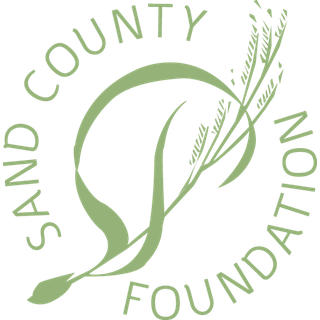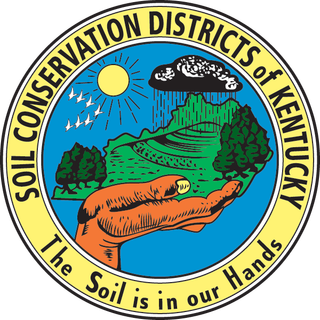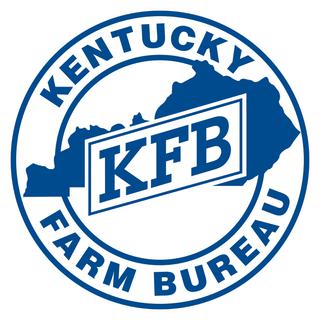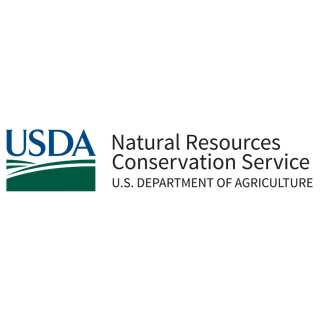Watch the inspiring story of Reddick Farms
“It Starts With the Soil,” was the title of farmer and soil scientist Ray Archuleta’s address to the National No-Till Conference in 2017. What Brad Reddick and his son Joel heard that day about regenerative agriculture would change the way they farm.
Archuleta promoted eliminating tillage, growing diverse winter cover crops, planting corn and soybeans into cover crops, reducing synthetic input costs, and grazing livestock on row crop acres. The Reddicks would soon implement all of these conservation practices. They remained profitable and noticed a profound impact on their Carlisle County farm.
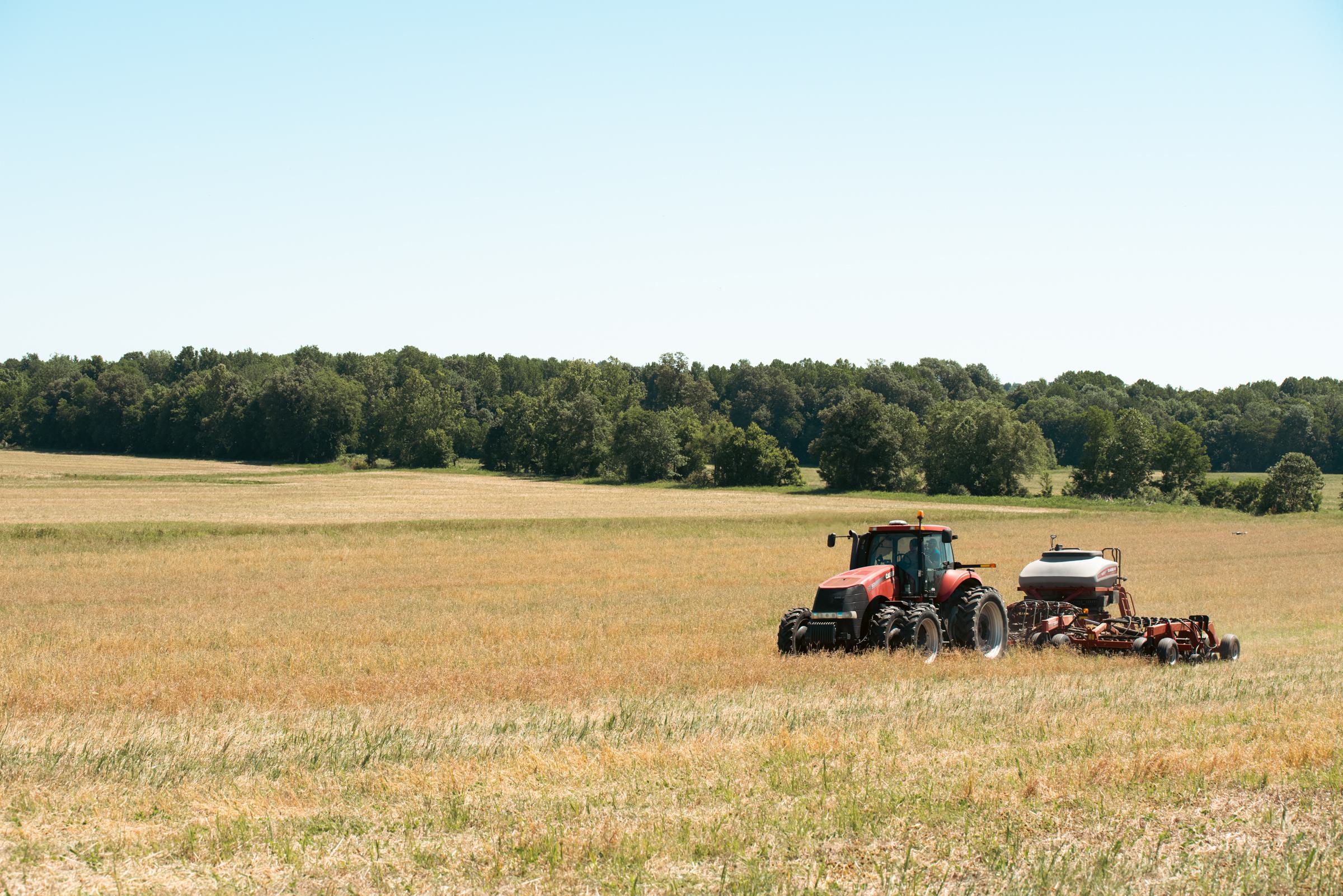
The way their soil cycles water, nutrients, and carbon vastly improved. Their 1,800 acres are now a regenerative showcase. The backbone of this change was switching from vertical tillage to no-till, and replacing single small species of cover crops to diverse, large cover crops.
Not tilling soil prior to planting crops each spring increases the soil’s infiltration and conserves moisture, which buffers against drought.
The Reddicks’ unique cover crop system builds soil organic matter, reduces erosion and suppresses weeds. A blend of cover crops species is custom matched for each field’s crop rotation. The covers are planted immediately after the fall harvest and grow until they are flattened by a roller-crimper the following spring.
Cover crops absorb nutrients and then release them back to feed corn plants as they mature. This win-win scenario reduces nutrient loss by storing it in the cover crop and later increasing corn fertility and yield. This natural uptake of nutrients reduces the need for commercial fertilizers.
Reddick Farms incorporates manure from its beef cattle herd and litter from its poultry broiler flock into its fields with low soil disturbance equipment to improve their soil’s biological properties. Soil and tissue samples are tested to ensure that phosphorus and other fertilizers are not over-applied.
The Reddicks see erosion as a symptom of a larger problem rather than the problem itself. Erosion is the result of a broken water cycle when soil cannot infiltrate the water falling onto it. Soil tests have shown a reduction in the volume of nutrients leaving fields after just three years of cover crops and limited fertilizer use.
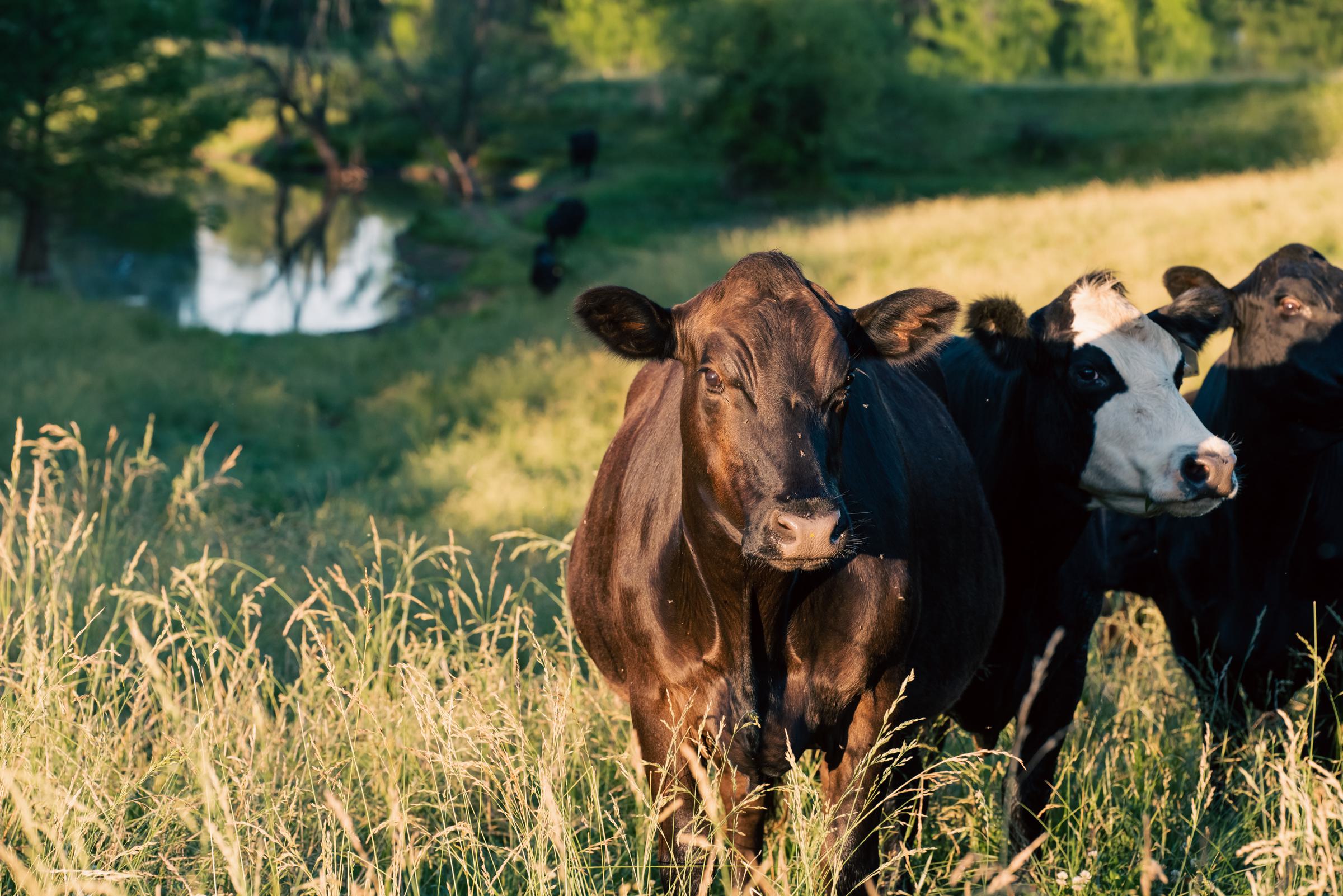
The Reddicks adopted cost-effective conservation practices to improve regional water quality and reduce greenhouse gas emissions with assistance from the Natural Resources Conservation Service. Wildlife habitat is provided in the farm’s wooded areas that are enrolled in a conservation reserve program. Elsewhere, there are 40 acres of buffer strips along creeks and 20 acres of perennial waterways. Rock chutes of loose riprap-lined channels safely convey water to a lower elevation while protecting the soil surface.
Tile drainage is used to lower the water table of fields near creek bottoms. It prevents surface drainage and allows the soil to filter nutrients from water before its released into the creek.
The Reddicks’ cattle are fenced away from waterways to prevent stream bank erosion. A benefit of their rotational grazing system leaves the height of grazed pastures tall enough to capture and soak in rainfall instead of letting it run off.
Brad Reddick’s not shy about sharing his successes and failures with other farmers. He promotes sustainability at every opportunity since that fateful presentation in 2017. His message always starts with the soil.

